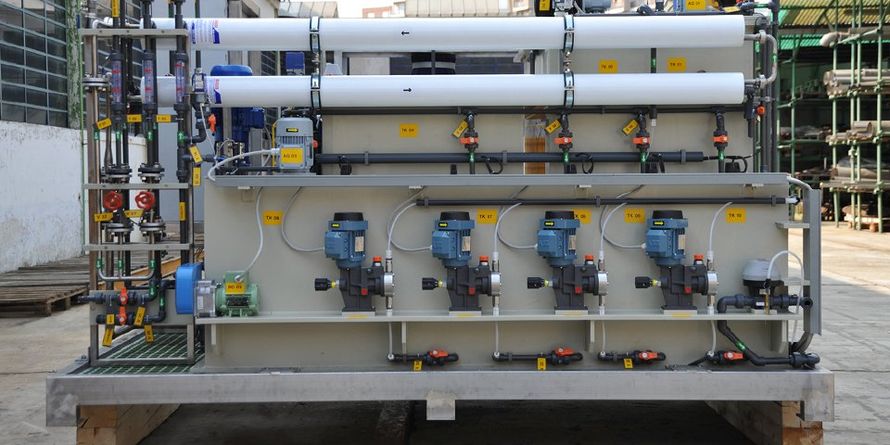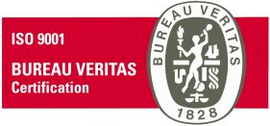Reverse Osmosis System
Reverse Osmosis Uses
- Drinkable water for human uses
Systems can be built to produce from few thousands of litres to many thousands cu.m per day , destined to yachts, outlying agricultural villages, communities, towns or big industrial centres. Seawater or brine could become drinkable; it is possible to remove from the water some unpleasant components such as: nitrates, various fertilizers, fluorine, arsenic, organic compounds or elements, which are dangerous to human health.
- Water for irrigation
Starting from sea water or brine, sometimes through bared wells not far from the sea, it is possible to obtain water suitable for cultivations of vegetables and fruits, in dry places and in seasons when these products could be sold as first fruits and vegetables, at particularly advantageous prices.
- Water for industrial uses
Many industrial cycles require pure or ultra-pure water for their processes, such as:
- Water for high pressure boilers and for treatment before the use of ion exchange resins
- Water for pharmaceutical production
- Water for cosmetic production
- Water for microcircuits
- Water for soft drinks and beer
- Water for ice production
Package type SCAM-RO units are very easy to install. They are pre-assembled on a sturdy frame and include:
- First filtering system;
- Chemical pre-treatment;
- Second mechanical pre-filtering system (up to 5 µ);
- High pressure pumps;
- Electric panel for instruments and controls;
- Salinometer, flow captor, relief and regulating valves;
- Semi permeable membrane system;
- Flow indicators, pressure gauges, alarm system;
- Instruction manual.
The following optional accessories are also available:
- Auxiliary water delivery pumps for desalting plants or storage tanks;
- Special pre-filtering system to eliminate oil traces at the delivery;
- Special chemical pre-treatment to eliminate chlorine and other contaminants;
- Carbon filters;
- U. V. sterilization;
- Conditioning of desalted water or added salts to improve taste;
- Energy recovery at the discharge.

Slide title
Write your caption hereButton
Materials
Energy Recovery
Membranes
- Greater resistance to the effects of free chlorine up to 1 mg/lt. for long periods, from 10 to 20 mg/lt for short periods;
- Greater productivity in relation to the membrane surface;
- Lower micro-porosity impedance.
- Wider pH tolerance;
- Greater resistance to biological attack;
- Greater salt rejection capacity.








